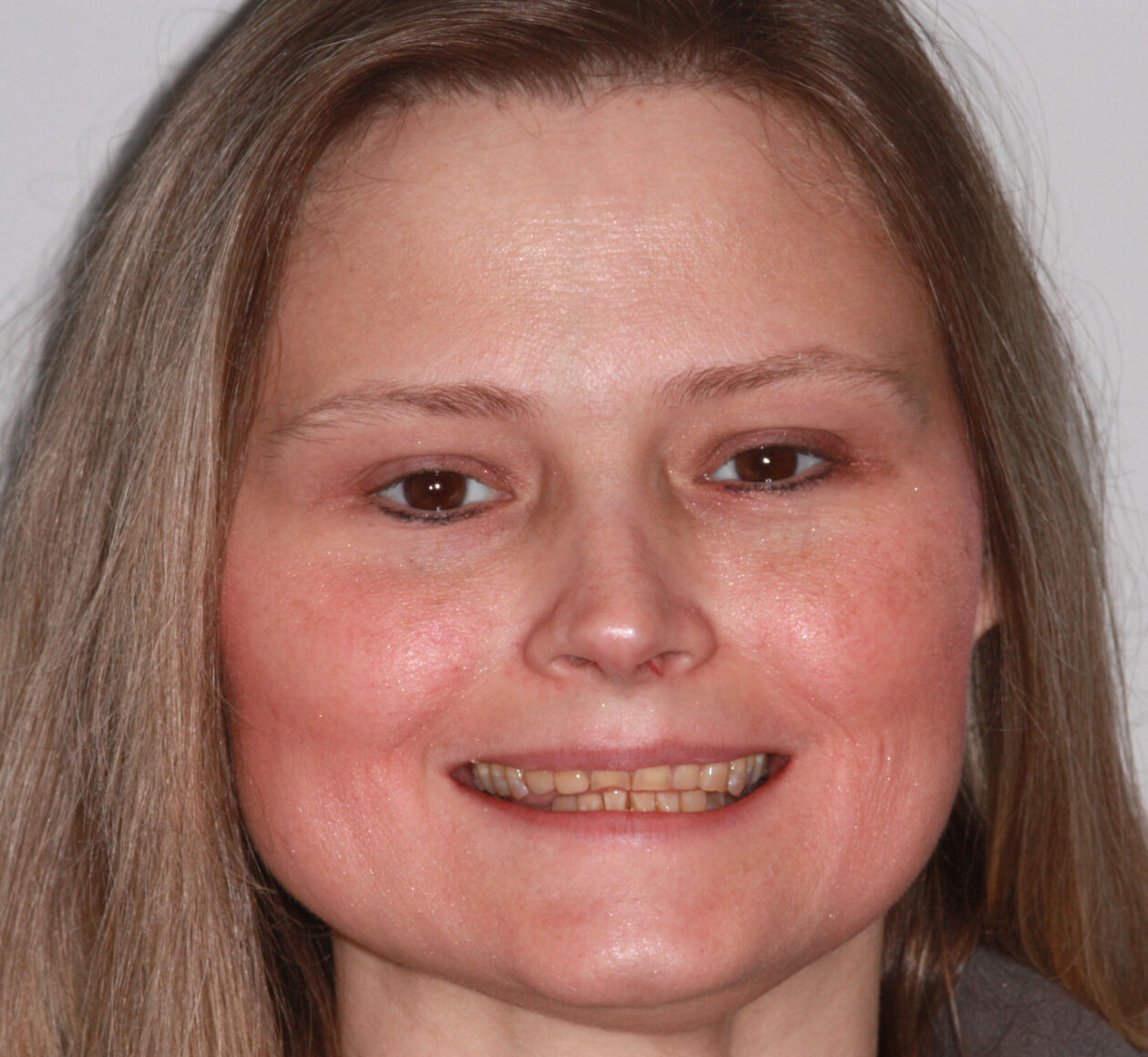
Case 103
Save or extract? – A Case Quandry in Meeting Functional and Esthetic Needs
The patient presented to our office seeking a 2nd opinion for treatment options related to treating a deteriorating dentition. She also had concerns about her smile and the appearance of her teeth. She was acutely aware of her asymmetric smile and felt that she looked far older than her age.
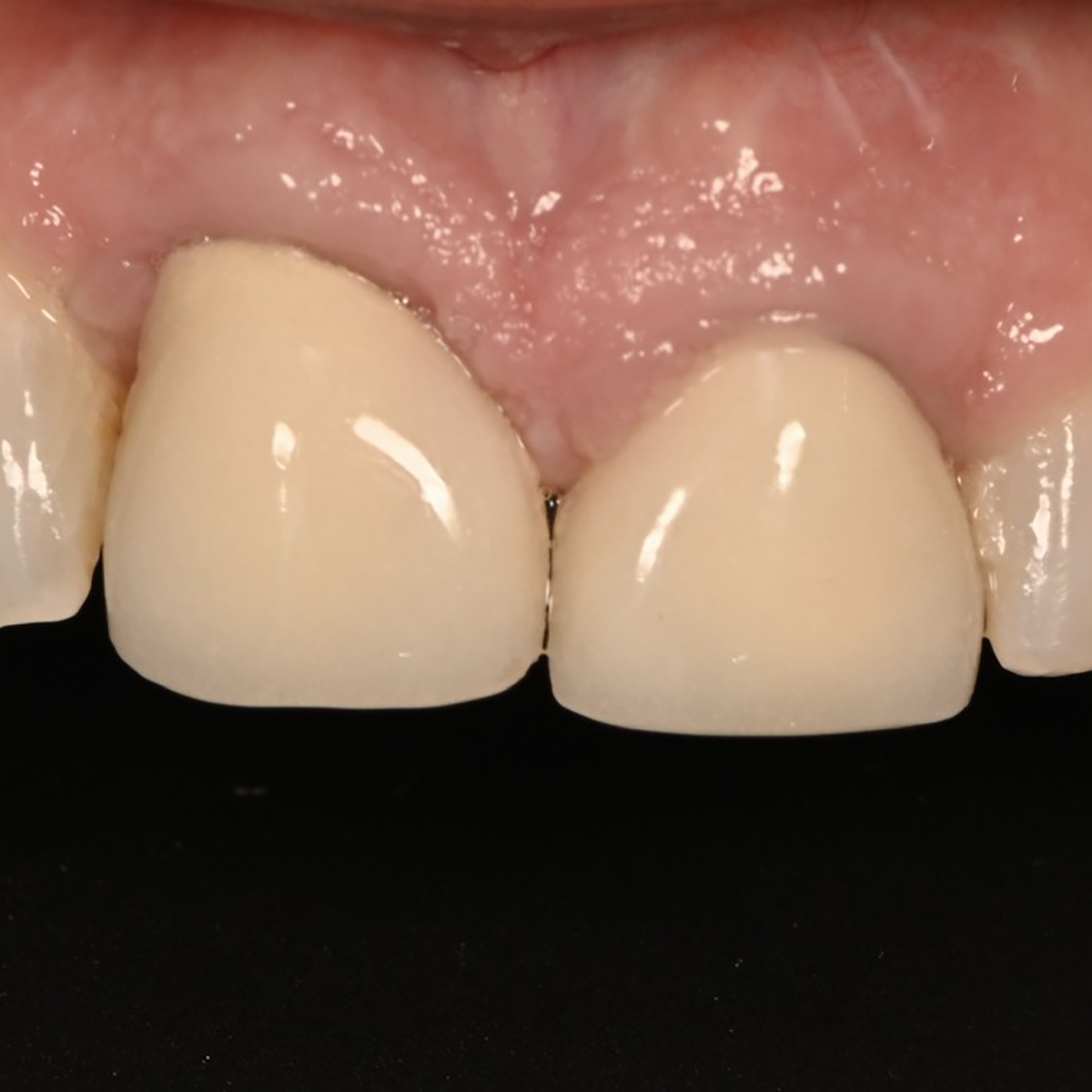
Special Report 13
Orthodontic Extrusion Prior to the Placement of Adjacent Implants for a More Esthetically Pleasing Smile
Implant restoration in the esthetic zone often requires well-coordinated interdisciplinary care in order to achieve ideal treatment results. This is especially the case when implants are planned to replace periodontally hopeless teeth. When teeth are extracted, we can typically anticipate 2mm of facial recession. If implants are to be placed following the extraction of hopeless teeth with an already existing gingival height discrepancy, the discrepancy will likely be exacerbated.

Case 102
In a World Where Implant Dentistry Dominates, Sometimes Traditional Periodontal Treatment is Still Best
The patient presented with the chief complaint of pain and suppuration on tooth no. 8. He expressed that he had been previously treated for periodontal disease and had undergone bone regeneration surgery. He reported having regular brushing habits and consistent use of dental floss, interproximal brushes, and oral rinses.
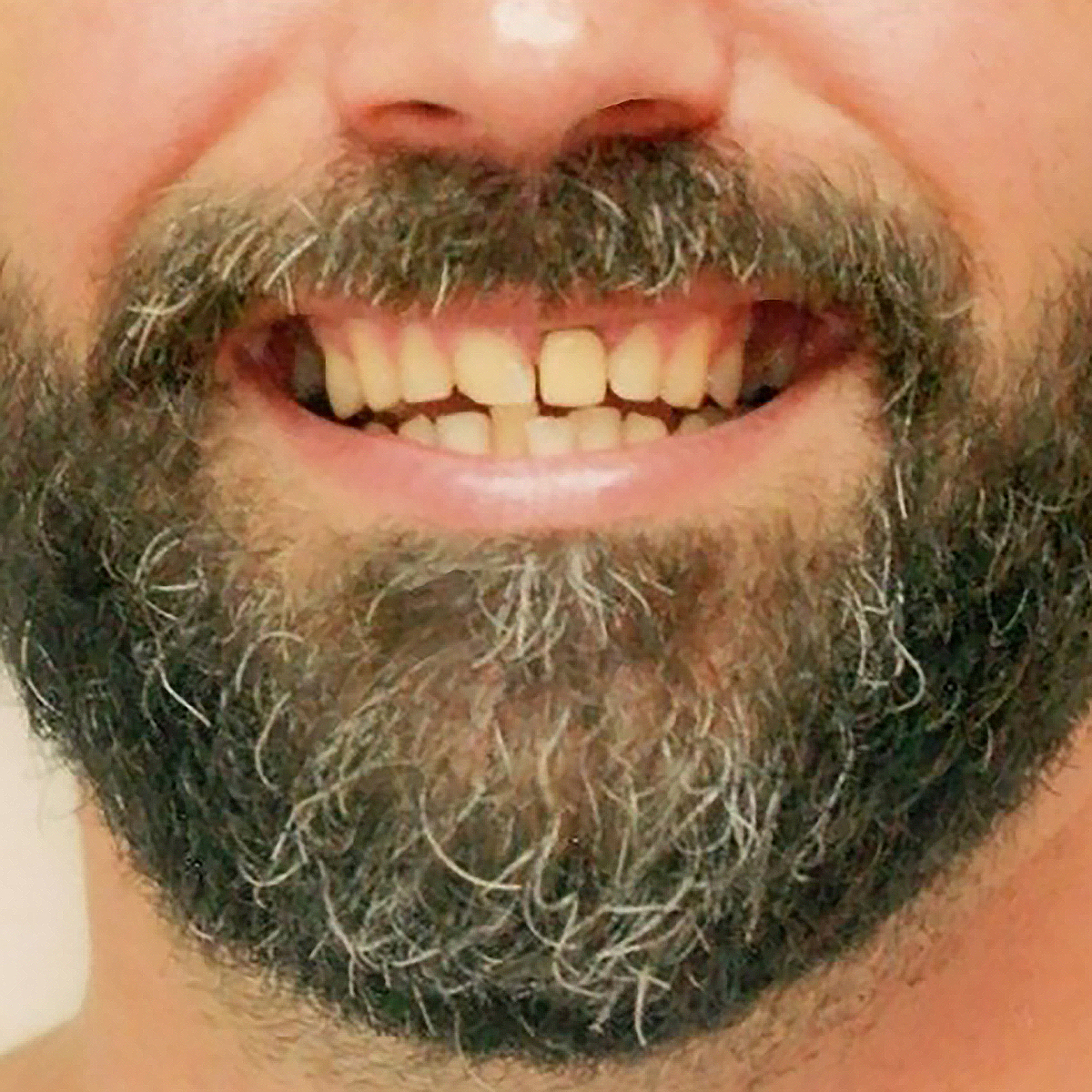
Case 101
Restoring a Hopeless Central Incisor by Implant-Supported Crown
The case selected is an interdisciplinary case, which relates in detail, mainly to the upper front esthetic zone. The patient presented to our office with a major concern regarding the esthetic appearance of his smile. He was unhappy with the overall size and proportions of his front teeth and also had some concerns regarding the future of the left upper central incisor. His expectations were very clear from the beginning. He wanted to fill the missing upper posterior teeth as well and have an overall beautiful smile.
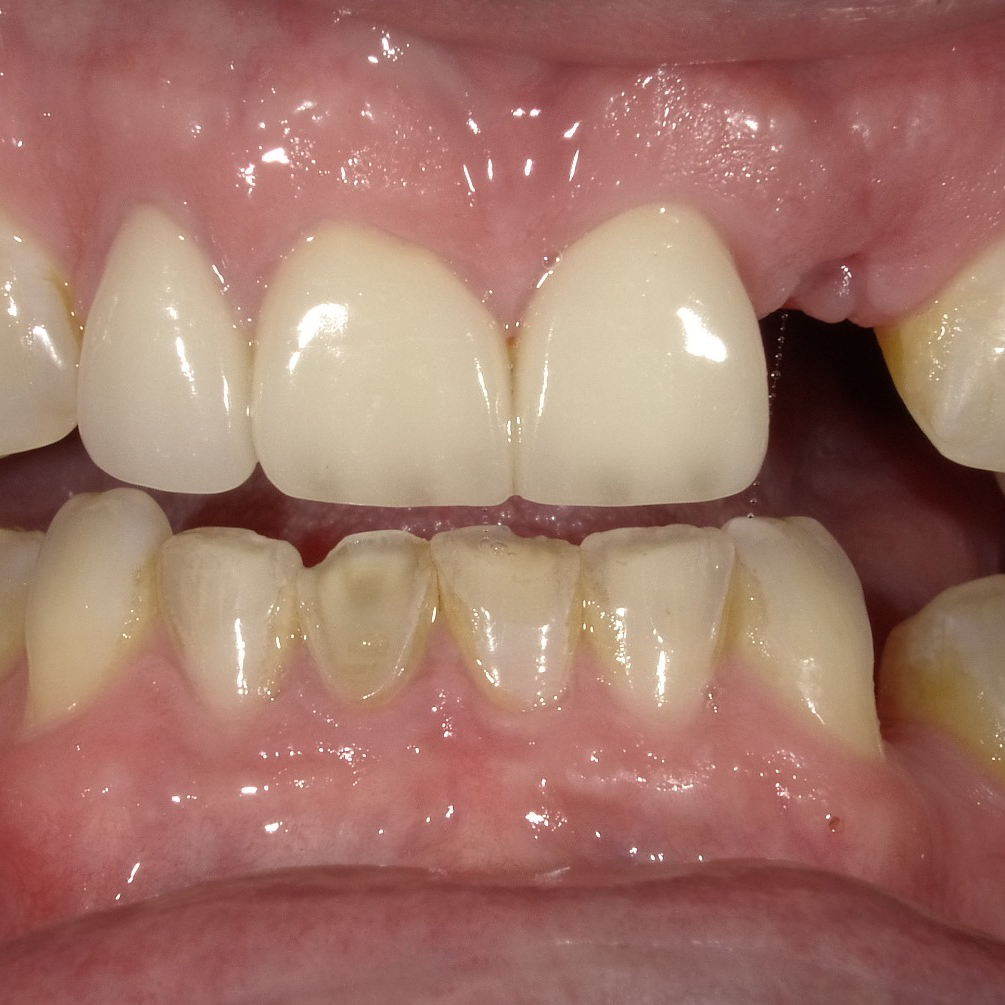
Case 100
Talk About Anchorage!
The patient arrived at our restorative office looking for a dentist closer to his home. He had been seeing a dentist about an hour away and was tired of driving back and forth. He was currently in Invisalign treatment and had been in treatment for the past year and a half. He was frustrated by his deep bite and worried about having problems with any provisional restorations needed while he waited for his implants and implant restorations. At initial presentation, teeth nos. 4 and 10 had already been extracted and socket preservation procedures had been completed in preparation for implants. The patient wanted to address his missing teeth along with changing the appearance of his severely worn lower anterior teeth.

Case 99
Restoration of a Worn Dentition Without Orthodontics
The patient was self-referred to the periodontist’s office. She had not sought dental care for more than 10 years. The patient’s chief concerns included: 1) “My front teeth are chipping and wearing down.”; 2) “I do not want to smile anymore.”; and, 3) intermittent pain associated with tooth no. 6.
After initial treatment at the periodontist’s office, the patient was referred for an endodontic evaluation of tooth no. 6. The endodontic treatment was delayed but ultimately completed nine months later (March 2017). The patient did not return to continue her dental care for an additional seventeen months (August 2018). The patient had become engaged to be married and was highly motivated to proceed with comprehensive care.
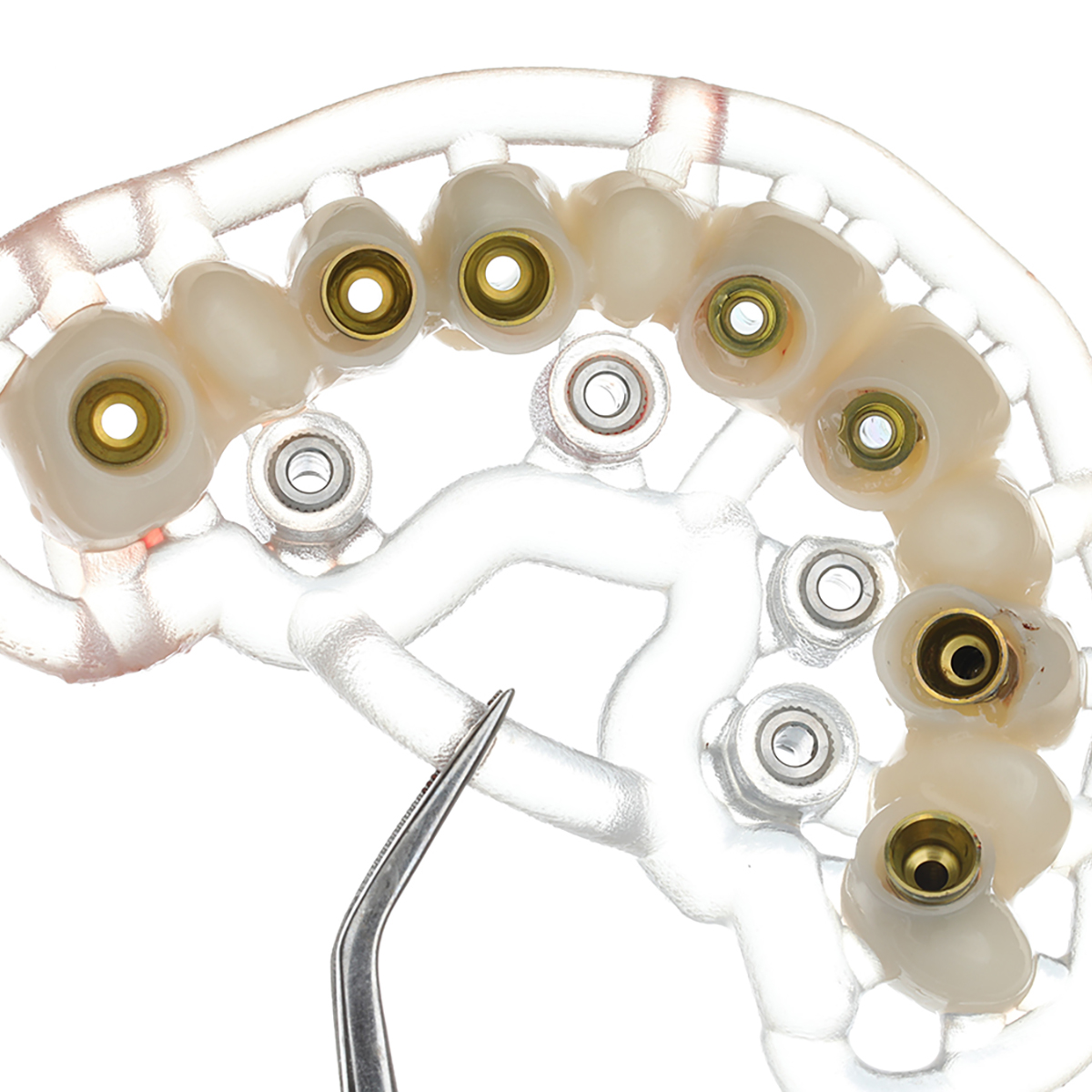
Special Report 12
We are publishing this special report because of the interesting way the maxillary arch was digitally planned and efficiently treated. The mandibular arch received only treatment necessary to create an ideal occlusal plane. Future mandibular arch restorative treatment is planned.
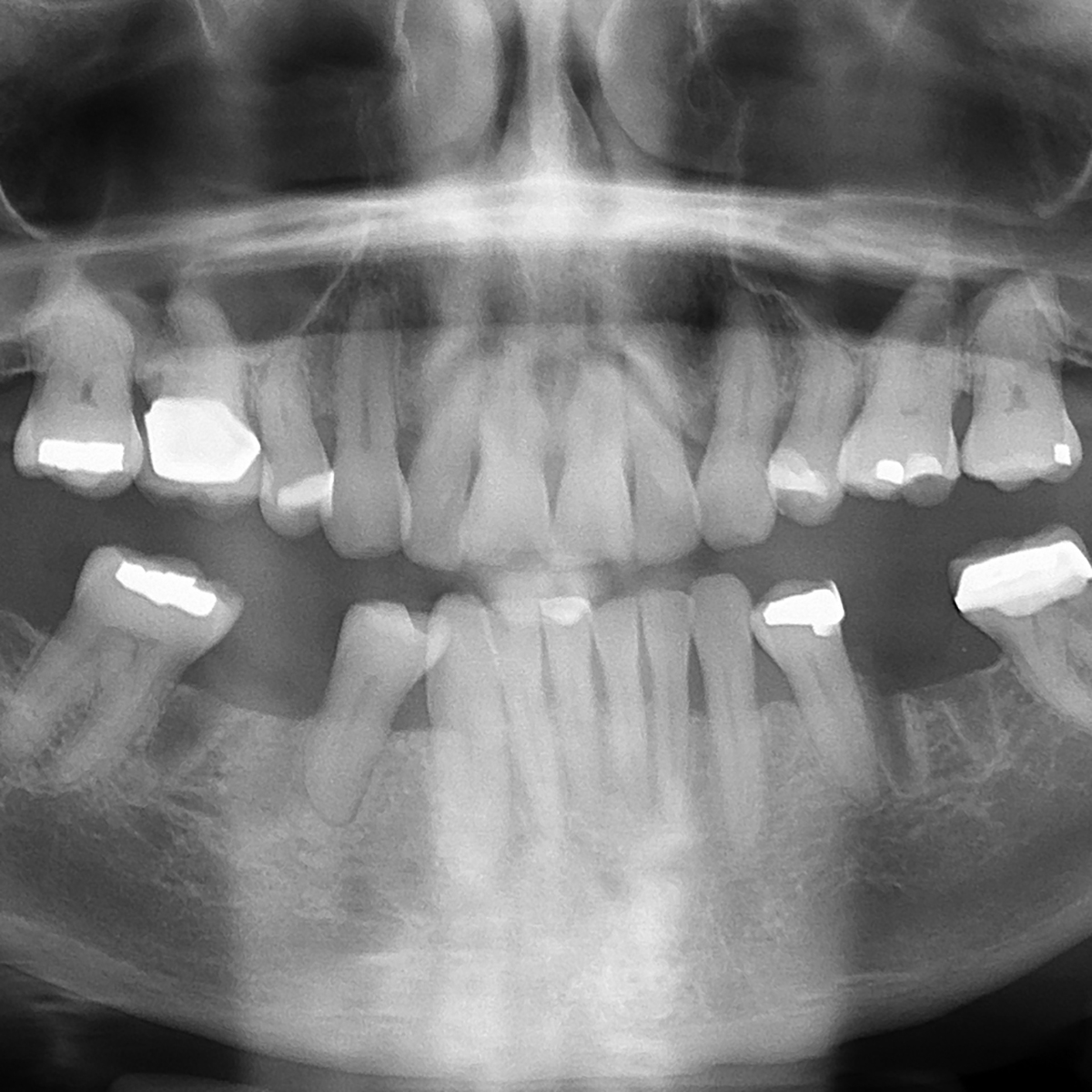
Case 98
Allowing the Patient to Come to Comprehensive Care
Our patient is a married, healthy, 63-year-old female, a long-time resident of San Antonio, and is employed as an actuary at a local insurance company. She presented with a complaint of pain to biting pressure in a tooth on the lower left. A limited examination revealed tooth no. 19 was restored with a ceramometal crown. A large amalgam restoration had been placed on the distal root surface well beyond the biologic width. There was considerable recurrent decay distally and into the furcation, which rendered this tooth non-restorable. To alleviate her pain, this tooth was excavated and temporarily restored and she was then scheduled for a comprehensive examination.

Case 97
Hopeless but Still Useful Primary Lateral Incisors in the Preservation of Vertical and Buccolingual Bone Dimension
Managing cases in which the maxillary permanent lateral incisors are congenitally missing is always challenging. Do we move the canines into the lateral spaces? Do we move the canines distally to open ideal permanent lateral-sized spaces? This case shows the body’s incredible ability to maintain bone volume in both the vertical and horizontal dimensions by preserving the primary laterals in a case with minimal periodontal attachment to the bone.

Case 96
Baby Tooth Dilemma
This 10-year-old girl presented at her initial exam with several congenitally missing permanent teeth. Her chief concern was “spaces between the teeth” and discolored permanent incisors. Her oral hygiene was excellent. Both the patient and her parents were concerned about the number of missing permanent teeth and were very receptive to a treatment plan that would address esthetics as well as function.

Case 95
‘Instant Ortho’ Expediency vs Long-Term Preservation of Tooth Structure
The patient was referred to our prosthodontics practice by his general dentist. He had undergone full-banded orthodontic treatment 25 years earlier because he disliked the Class II, division 2 flared maxillary laterals. He ended up having the wires removed once the maxillary laterals were in better alignment but before the completion of the orthodontic plan. About 10 years ago, the patient started Invisalign orthodontic therapy for unknown reasons but stopped wearing the aligners almost immediately. At the time he presented to our practice, he was concerned about the excessive wear on the mandibular anterior teeth.

Case 94
Going the Extra Mile in Anterior Esthetic Treatment
A 32-year-old woman presented with an initial concern about the appearance of her smile and a fistula at tooth no 8: “I’m very worried about my smile. I have a fistula and need to know about implants. I wish my teeth were more properly shaped—actually, I wish they were perfect.”

Case 93
What Comes First? Treating TMJ Pain or Esthetics
This 43-year-old woman presented for a consultation regarding pain in the temporomandibular joints (TMJs) and esthetic concerns about short anterior teeth. She had pain in the right and left TMJs, with the pain being greater in the left joint. She had regular headaches, neck pain, ear pain, and facial pain.
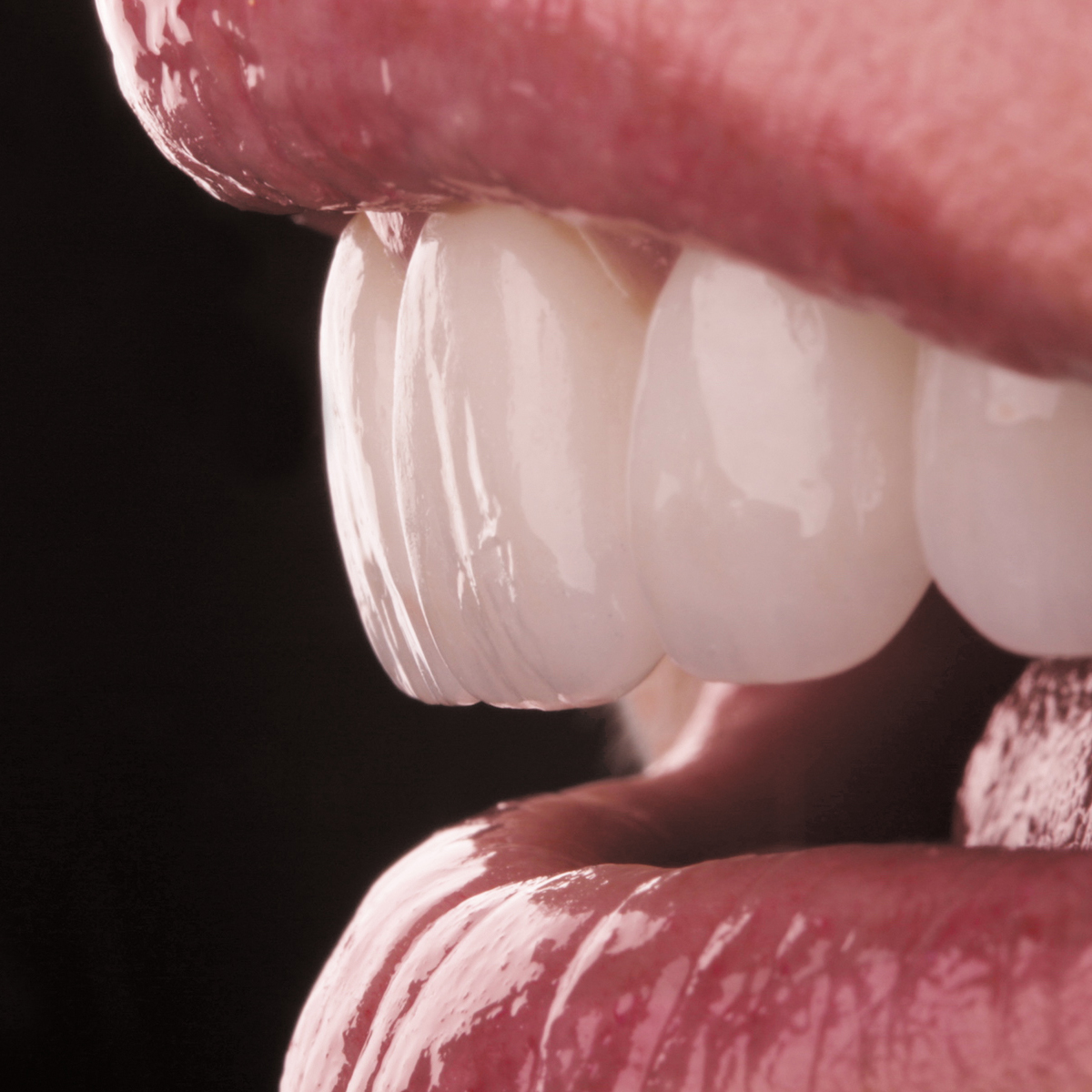
Special Report 11
This Special Report showcases the high esthetics that can be achieved with a zirconia-based material in the hands of superior clinicians and lab technicians.


